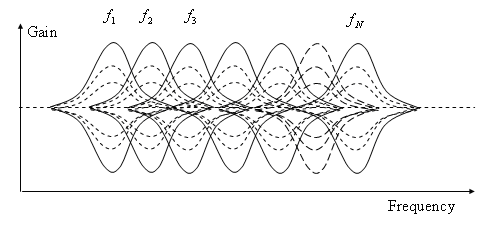T3STY
Full Member level 4
I think I'll calculate the gain based on some real tests, see which brings me better results. Then I'll study some math.
Now, I'm having a doubt about the equalizer bands. I'm not sure how to build the band pass filters... I mean, not really calculating the component values but how do I take the range? For example, the 125Hz BPF, should I make it like a 64Hz HPF and 125Hz LPF, or should I take a range with a central frequency of 125Hz? In this second case, how much band width should I take for each filter?
Now, I'm having a doubt about the equalizer bands. I'm not sure how to build the band pass filters... I mean, not really calculating the component values but how do I take the range? For example, the 125Hz BPF, should I make it like a 64Hz HPF and 125Hz LPF, or should I take a range with a central frequency of 125Hz? In this second case, how much band width should I take for each filter?


